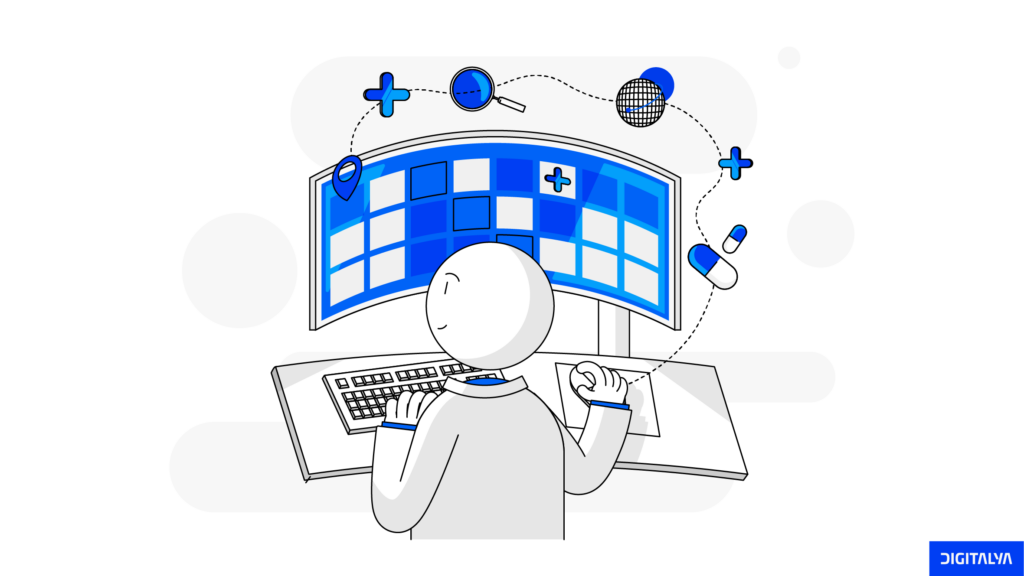The purpose of the software requirements specification is to ensure that the reader understands the features of the product – that’s why it needs to be informative, well-structured, and easy to read. If you’re not sure about how to write a requirements sheet for your project, take a look at how we write our own.
If you find this article helpful, you can download the Digitalya software requirements specification template to find out even more details.
1. Introduction
We kick off with an introductory chapter that clarifies the desired outcome, goals, and benefits of the project, and its correlation to overall business goals. This chapter also helps the readers easily navigate the document to the parts that are relevant to their role in the project.
2. Description
The second chapter is an in-depth analysis of the environment surrounding the project: from desired features, user groups, and operating environment to development constraints and assumed factors that could affect technical specifications.
3. Application Features
This chapter focuses on the application features. For each feature, the requirements sheet offers a description, a priority level, and functional requirements. Having the information structured this way will help the team down the road when planning the development process.
4. Requirements of the External Interface
We start by defining the API requirements, starting from standards, a style guide, and constraints to functionality and sample screens, if applicable. Afterward, we specify if we’re required to use specific technologies or if we have any hardware requirements like location and provider.
5. Additional Non-functional Requirements
We divide the non-functional requirements into four large areas:
- Performance requirements
- Safety requirements – including safeguards and systems employed
- Security requirements – including safeguards and systems employed
- Software quality – other crucial aspects of the development of a successful product
So there you have it. That’s how the Digitalya team writes a software requirements specification. We find that this template works best for us because it helps everyone understand what the project and desired outcome are, as well as what their role is in the application development process.
There are a few extra details we didn’t get to talk about in this article, so don’t forget to download our free software requirements specification template.








